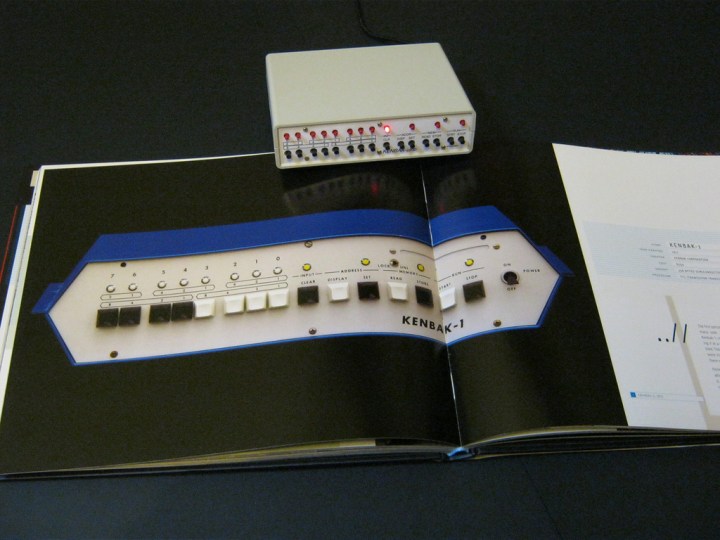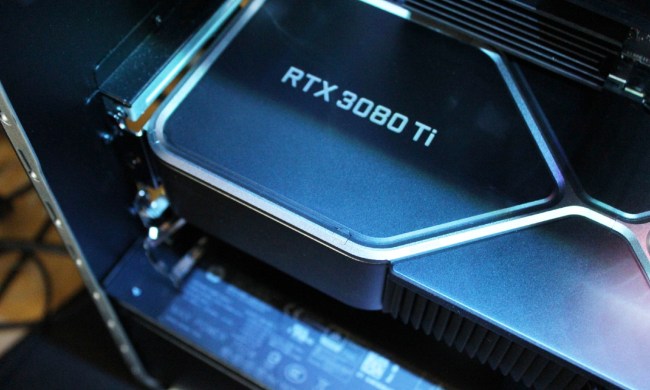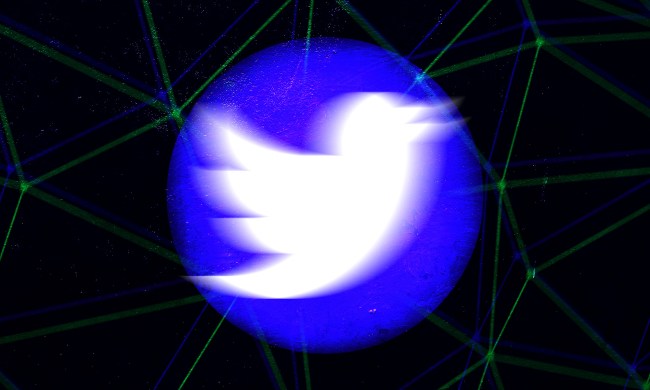
The Kenbak-1 came into existence 35 years ago when John Blankenbaker, who made a living as a computer engineer and consultant, created the PC at his Brentwood, California, garage. Because apparently, garages are veritable breeding grounds for all great 20th-century inventions. “I came into a little money and decided it was time to build a small computer that could be afforded by everyone,” he told Bill Wilson of the BBC. “It did not use any microprocessors, and I did the work in my garage.”
To say that the Kenbak-1 broke the mold of the 1970s would be a serious understatement — whereas other computers of the era were a) enormous, and b) hugely expensive, Blankenbaker wanted to give everyone access to the technology. “I thought of the Kenbak as an affordable introduction to the study of computer programming,” he said. “I emphasized the hands on experience.” For $500, his customers were offered a fully functioning machine, not a computer “kit” that competitors may have distributed.
In the end, Blankenbaker only made 50 or so units of the Kenbak-1, but their rarity, in addition to their status as the world’s first personal computer, have made them extremely valuable in today’s market. Back in September, one sold for over $31,000, and now, Breker has another up for bidding.
Sure, it only has 256 bytes of RAM, and probably won’t be the most functional piece of furniture, but if you’re looking to add to your collection of impressive and venerable tech, you might want to head over to Breker right now.


